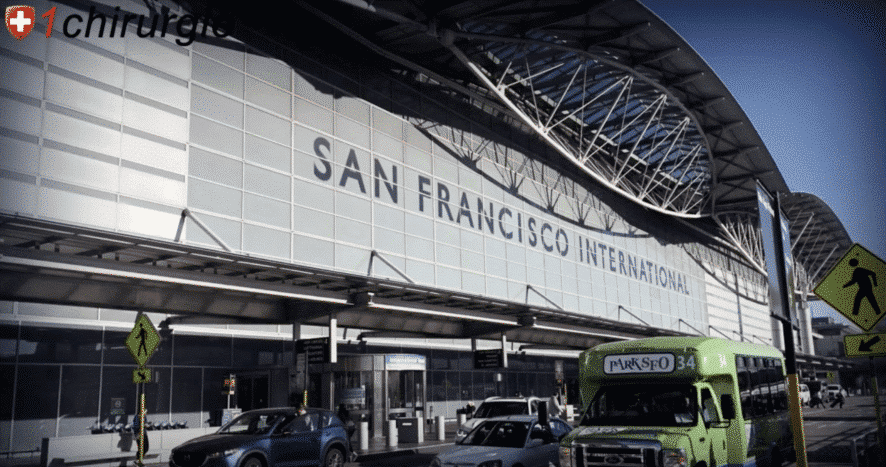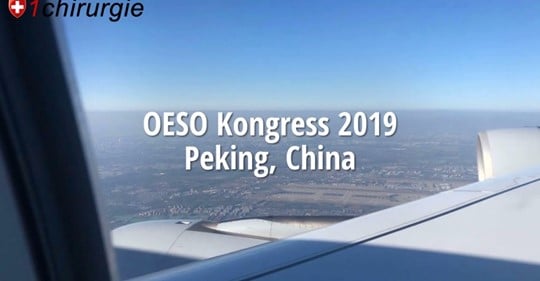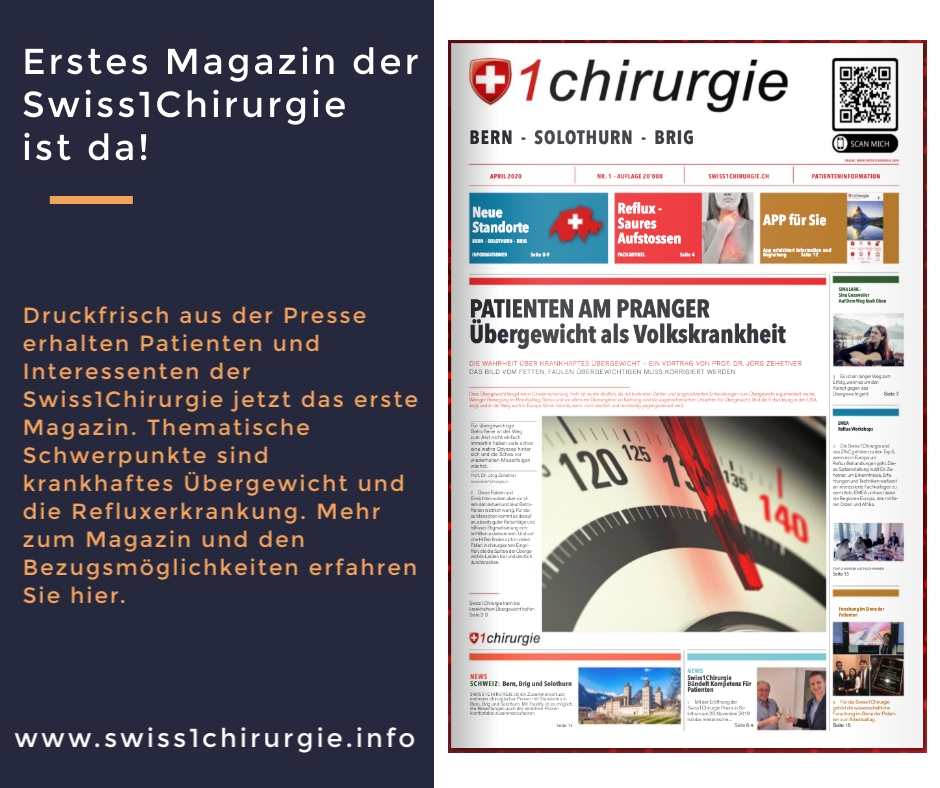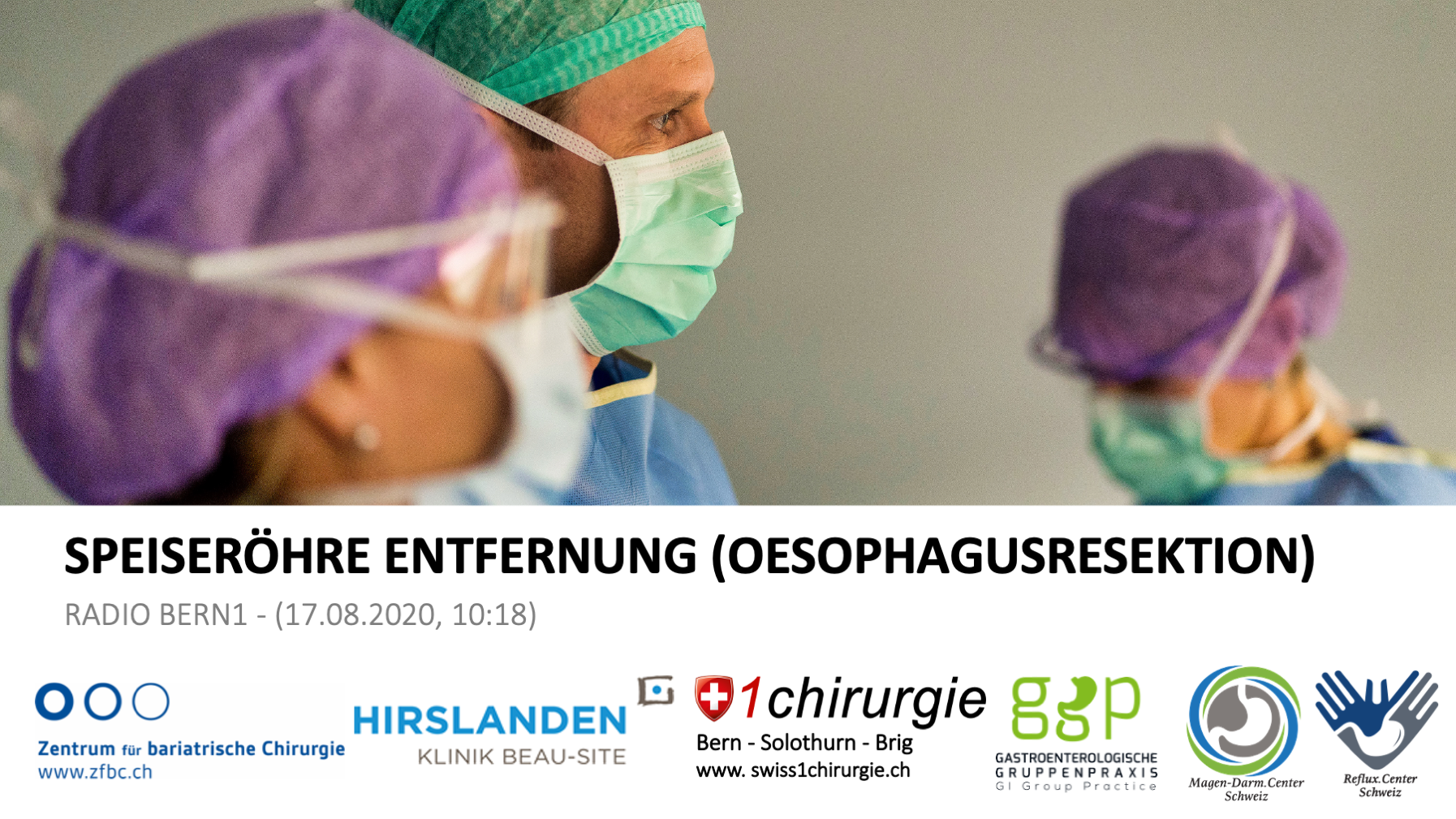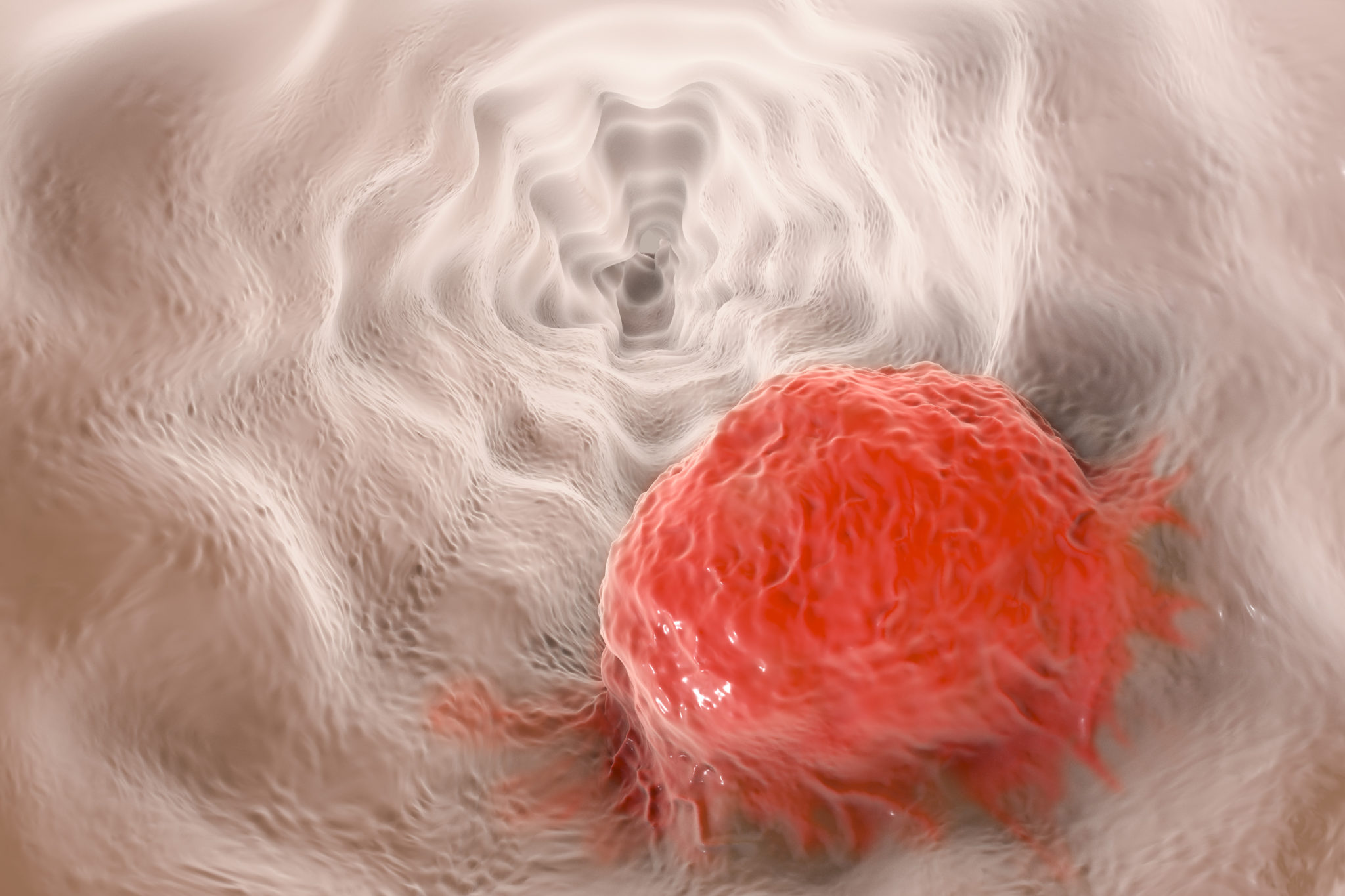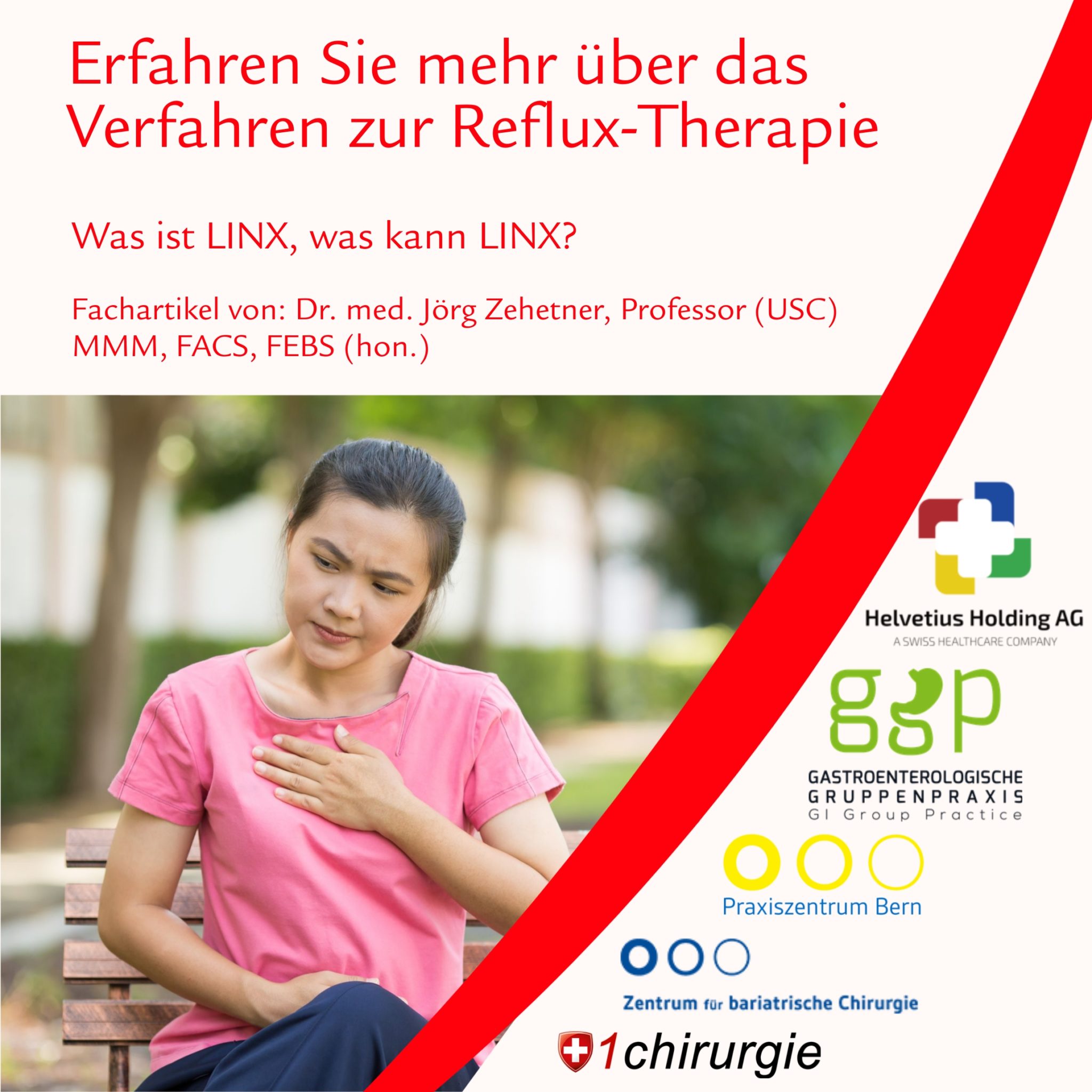The American College of Surgeons Clinical Congress (ACS Congress) is held annually in October in the USA. This year, San Francisco, California, was the meeting place for specialised surgeons who stand for innovation and reliable surgical technique with special achievements in their field. However, no surgeon is admitted to the top ranks of international colleagues all by himself. The ACS Congress is mainly attended by members of the American College of Surgeons. However, only those who have previously achieved the title Fellow of the American College of Surgeons (FACS) can become members here.
Already during his stay in the USA from 2008 to 2015, Dr Jörg Zehetner attended the ACS Congress every year. And he received the title FACS on the occasion of a solemn convocation, which as an admission ceremony seals membership in the “American College of Surgeons” society. Prerequisites for this title are a completed specialist training in surgery as well as several years of successful professional practice and the recommendation of at least three academic specialist colleagues. So the hurdles are set high if you want to become a member of this select society. For Dr Jörg Zehetner of Swiss1Chirurgie, this membership in the “American College of Surgeons” society became a reality as early as 2014.
New developments and old friendships
Of particular interest were the new developments in obesity surgery and reflux surgery. In these special fields, Dr. Zehetner has been a sought-after specialist colleague for years due to his high level of expertise, who is always interested in new surgical techniques and, first and foremost, in the sustainable success of the interventions. A central topic during this year’s congress was robotic surgery. There was a lot to learn, even though the first day of the congress in particular was also associated with the difficulties of jet lag after the journey from Bern to San Francisco.
The reunion with the American colleagues from the time when they worked together at the Department of Surgery at the University of Southern California (USC) was a little more relaxed. Old friendships could be revived just as much as the exchange on the specialist topics, which were the focus of attention at the congress anyway.
The cooperation with the specialists from California and with colleagues at the University of San Diego resulted in numerous research findings, which Dr. Zehetner was able to publish in many publications even after 2015. Especially the research projects in the field of reflux diseases, oesophageal cancer as well as obesity surgery have led to results that still have an impact on surgery today and offer real cures for patients.
American contacts in the German-speaking world
Competence in the special subject areas exists in the German-speaking world, but is hardly noticed internationally. It is therefore important that Dr Jörg Zehetner, with his successful professional experience and scientific work on the topics, is an important and currently the only link between the American surgical societies and the experts in the German-speaking countries.
In the International Relation Committee of the SSAT (Society of the Alimentary Tract) he is the only member from the DACH region and thus ensures a successful exchange with the American colleagues.
The SSAT and three other societies hold the world’s largest and most important congress for surgeons and gastroenterologists every year in May. For the coming year, Digestive Disease Week is planned for the period from 2 to 05 May 2020. By then at the latest, Dr Jörg Zehetner will again be able to cultivate his international contacts with specialist colleagues and shine with his characteristic surgical competence. With or without jet lag.

